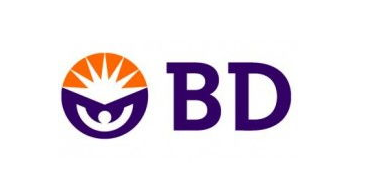Mantacc Value Your Privacy
This website uses cookies to enhance user experience and to analyze performance and traffic on our website. We also share information about your use of our site with our social media, advertising and analytics partners. To the extent that this activity may be considered a "sale" under the California Consumer Privacy Act, we provide the ability to opt out of "sale" cookie activity through the cookie management tool accessed through the link titled, "Do Not Sell My Personal Information." Please see our Cookie Notice and Privacy Policy for more information.
































